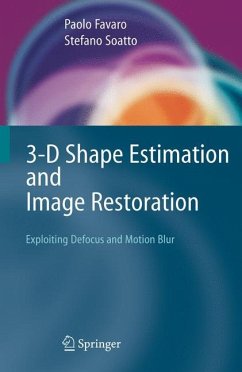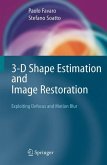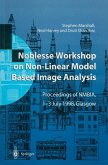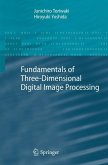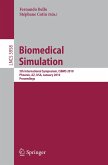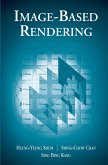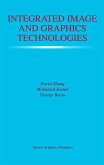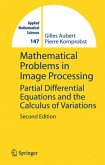Images contain information about the spatial properties of the scene they depict. When coupled with suitable assumptions, images can be used to infer thr- dimensional information. For instance, if the scene contains objects made with homogeneous material, such as marble, variations in image intensity can be - sociated with variations in shape, and hence the "shading" in the image can be exploited to infer the "shape" of the scene (shape from shading). Similarly, if the scene contains (statistically) regular structures, variations in image intensity can be used to infer shape (shape from textures). Shading, texture, cast shadows, - cluding boundaries are all "cues" that can be exploited to infer spatial properties of the scene from a single image, when the underlying assumptions are sat- ?ed. In addition, one can obtain spatial cues from multiple images of the same scene taken with changing conditions. For instance, changes in the image due to a moving light source are used in "photometric stereo," changes in the image due to changes in the position of the cameras are used in "stereo," "structure from motion," and "motion blur. " Finally, changes in the image due to changes in the geometry of the camera are used in "shape from defocus. " In this book, we will concentrate on the latter two approaches, motion blur and defocus, which are referred to collectively as "accommodation cues.
"This book presents a framework for estimating three-dimensional (3D) shapes from defocused and motion-blurred images. The book systematically describes various problems involved in estimating 3D shapes, and provides solutions to these problems... The book is well-written, and is equipped with Matlab code that implements the estimators presented in the chapters... I recommend this book to engineers in image processing and computer vision. Readers will learn state-of-the-art methods for shape restoration." (Hsun-Hsien Chang, ACM Computing Reviews, Vol. 49 (9), September 2008)

